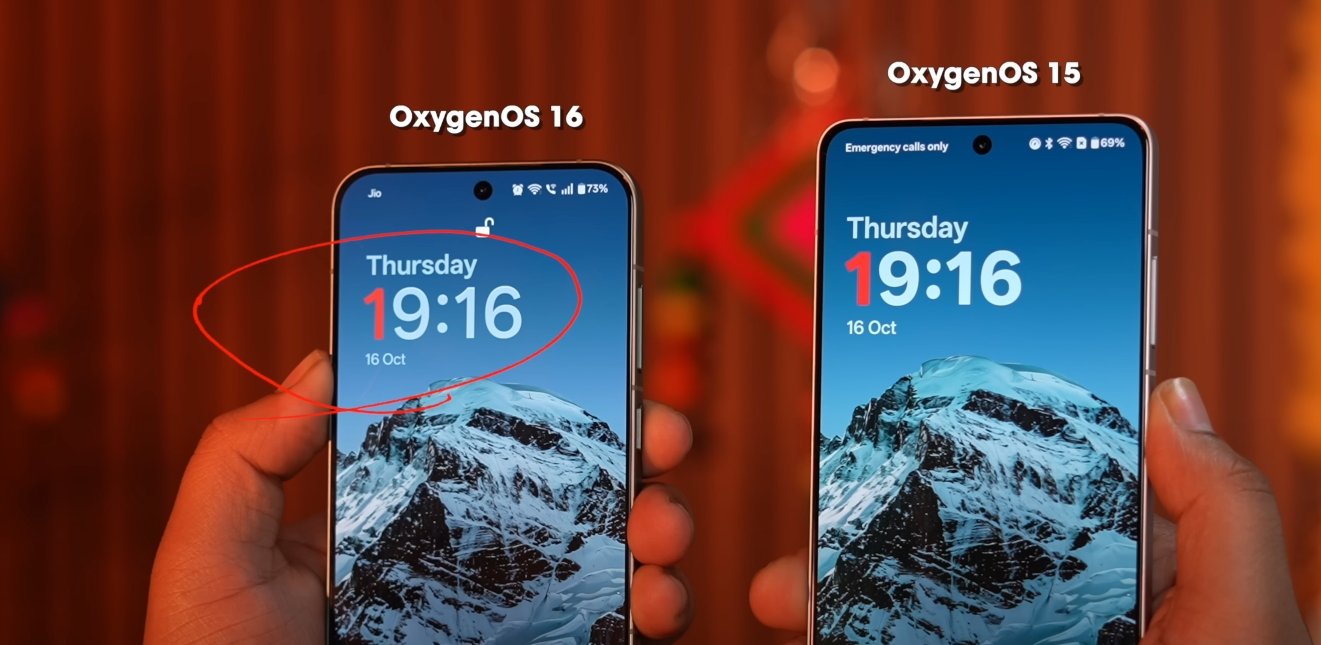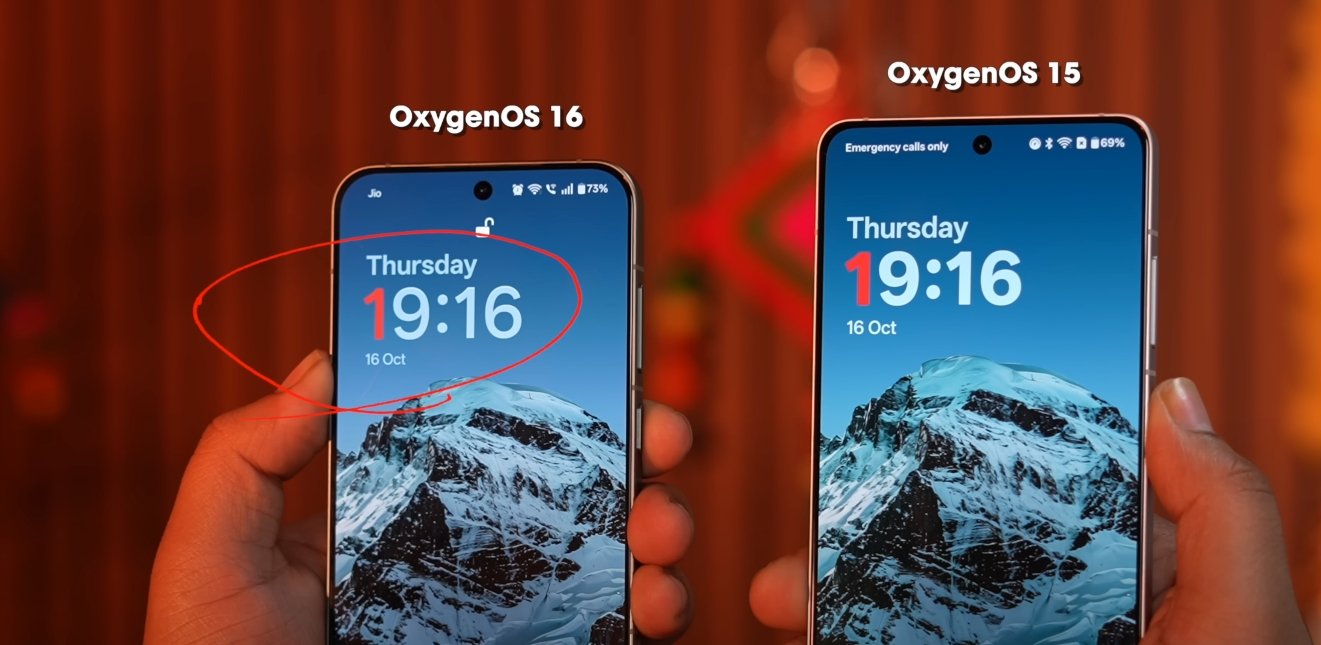The Complete Comparison Between OxygenOS 16 and OxygenOS 15
OnePlus has rolled out OxygenOS 16, its most advanced software yet, built on Android 16. It replaces OxygenOS 15, which was already considered one of the cleanest and most stable Android skins. With this new release, OnePlus focuses on AI integration, refined visuals, and smoother multitasking. Here’s a complete comparison of OxygenOS 16 and OxygenOS 15 to show how much has changed and what has improved.
The first major difference is in design and user interface. OxygenOS 15 brought a polished layout with softer icons and dynamic wallpapers. However, OxygenOS 16 introduces a new “Liquid Glass” aesthetic with transparent panels, rounded elements, and fluid animations. The visual transitions now respond to touch and lighting, creating a more immersive experience. The lock screen has gained dynamic themes, live wallpapers, and more customizable clock styles. The always-on display has been upgraded with new widgets showing calendar events, music controls, and even real-time weather.
In terms of performance, OxygenOS 15 was known for its speed and stability. It introduced better app optimization and reduced background battery drain. OxygenOS 16 takes this further with what OnePlus calls “Zero-Lag Multitasking.” Users can now run up to five apps simultaneously in split-screen or floating windows without lag. The new “Flow Motion Engine” enhances animation fluidity and makes scrolling or switching between apps almost instantaneous. The software also improves thermal efficiency, keeping phones cooler during gaming or extended use, while optimizing background tasks for longer battery life.

The biggest leap comes with AI-powered features. OxygenOS 15 included basic AI functions such as AI Unblur for photos, smart image cleanup, and automatic scene detection in the camera. In OxygenOS 16, OnePlus has integrated Google’s Gemini AI at the system level. This includes a new hub called Mind Space, where users can store notes, screenshots, and voice memos. Gemini AI analyzes this data locally to help organize content, generate summaries, or suggest actions based on user habits. There’s also an AI Writer for generating text, an AI Scan feature for digitizing documents, and an upgraded Recorder app that provides instant transcription and summaries.
Customization is another area where OxygenOS 16 makes big strides. While OxygenOS 15 offered themes, wallpapers, and icon packs, the new version expands personalization across every layer. Users can adjust transparency, blur levels, and color accents in real time. The new customization center lets users preview themes before applying them. Even the control center and quick settings have been redesigned for easier one-handed use. Widgets now adapt dynamically based on user behavior, showing shortcuts or reminders relevant to the time of day.
On the connectivity front, OxygenOS 15 already supported smooth integration between phones and Windows PCs. OxygenOS 16 enhances this with improved drag-and-drop file sharing, remote control access, and notification syncing with both Android and iOS devices. OnePlus devices can now connect with Macs and Apple Watches for notifications and file transfers, making cross-platform use far easier. Screen mirroring and cloud syncing between tablets and phones are also faster and more stable.
When it comes to security and privacy, both versions emphasize data protection, but OxygenOS 16 takes it further with a redesigned privacy dashboard. Users can now see exactly which apps access the camera, microphone, or location in real time. The system allows one-tap permission revocation and introduces encrypted Mind Space storage for sensitive data. Gemini AI also operates within strict privacy limits, analyzing only on-device information that users explicitly allow.
Despite the advancements, OxygenOS 16 maintains the lightweight and near-stock Android experience that OnePlus fans appreciate. However, it is slightly heavier in resources due to new visual effects and background AI processes. Older OnePlus devices might not support every feature, though performance optimizations ensure smooth operation even on previous-generation models.
Overall, OxygenOS 16 represents a mature evolution of the software rather than a complete overhaul. It refines everything OxygenOS 15 did well—speed, simplicity, and stability—while adding meaningful improvements in design, AI intelligence, and connectivity. For users who value both aesthetics and efficiency, upgrading to OxygenOS 16 brings a more intelligent, polished, and future-ready experience without losing the core OnePlus identity that made OxygenOS popular in the first place.
Also Read: OxygenOS 16 battery optimization and performance review







